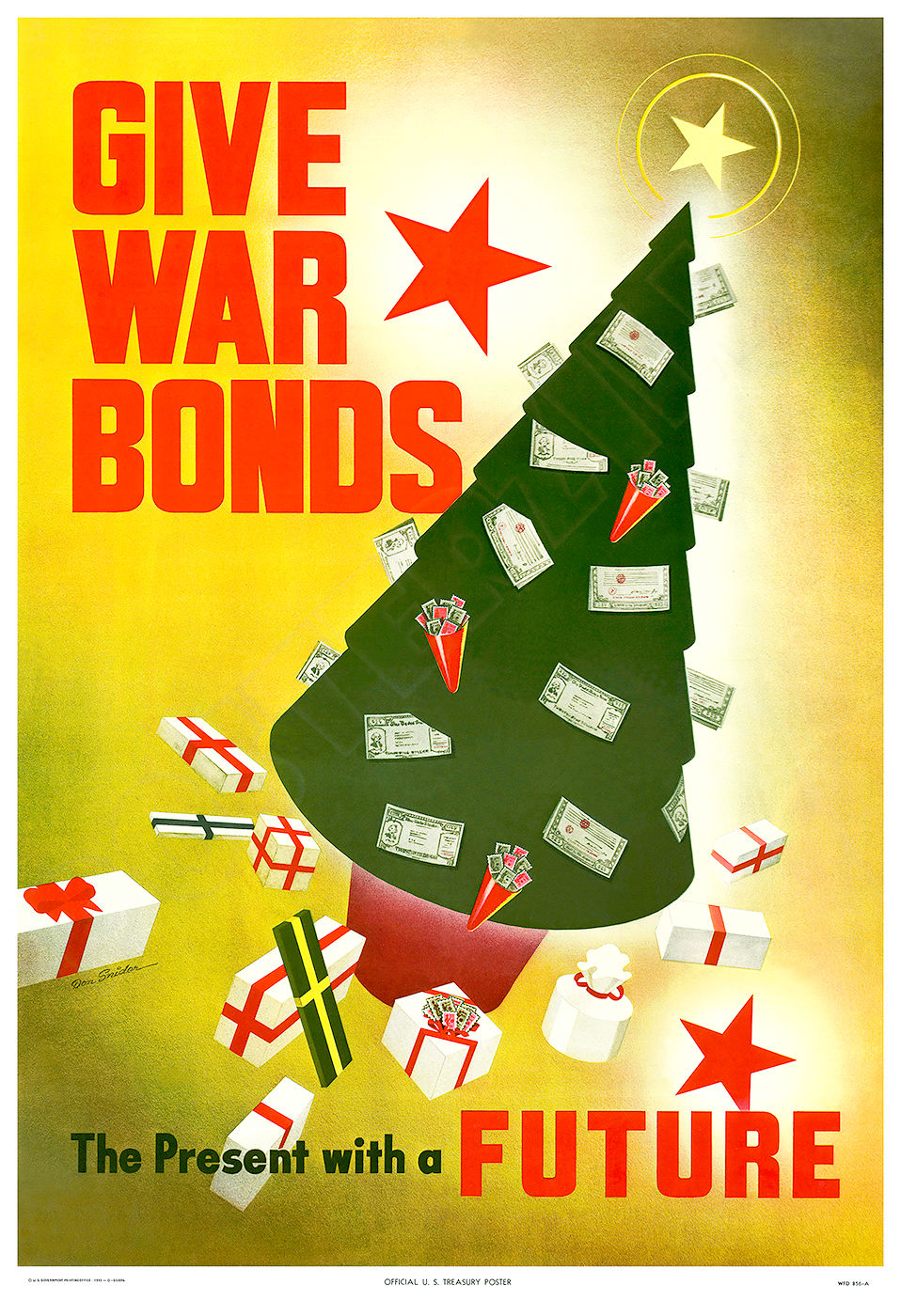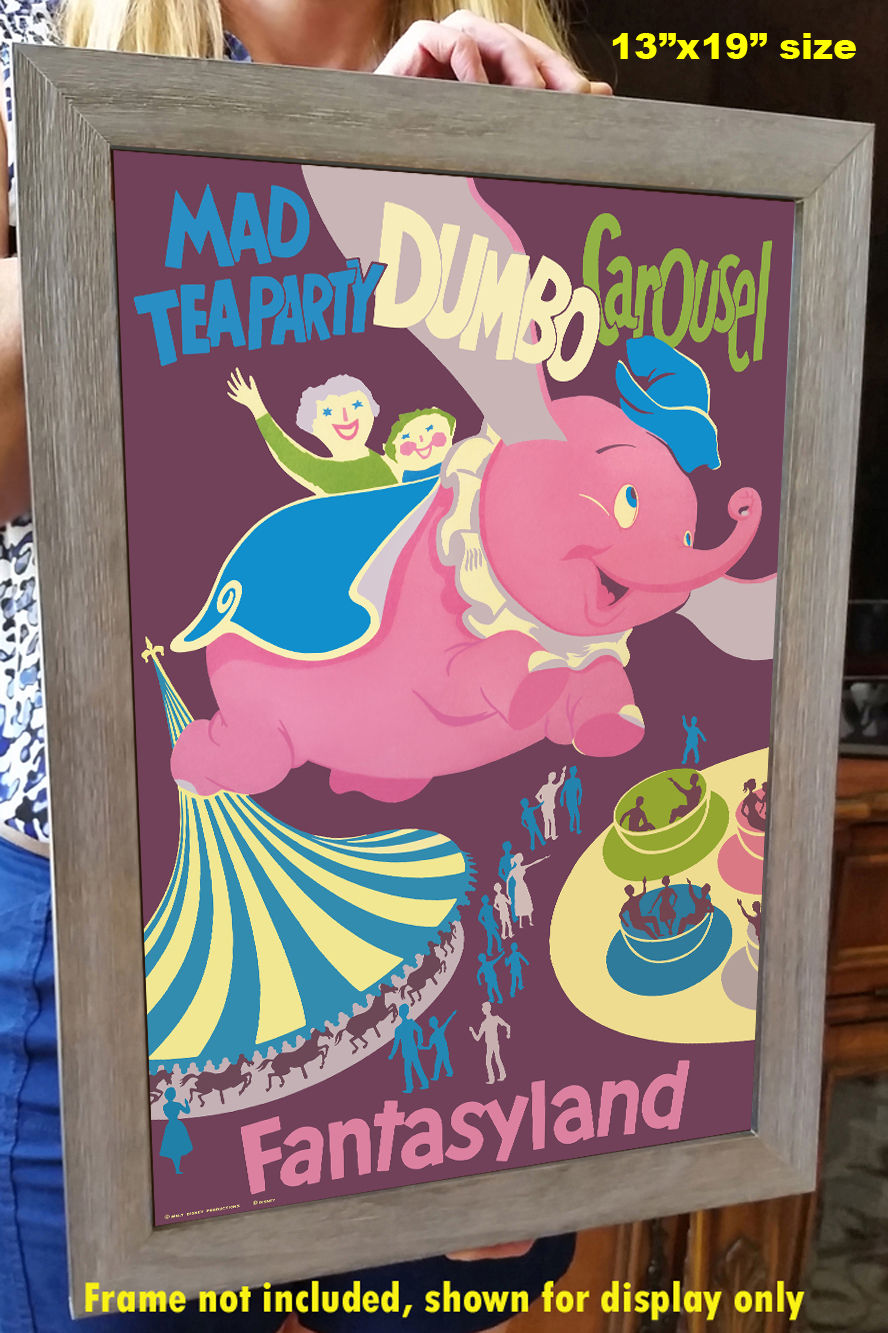This beautiful reproduction poster has been re-mastered from a 1940 Trans World Airlines (TWA) advertisement for their transcontinental service using the famed Boeing 307 Stratoliner.
The vibrant colors and detail of this classic image have been painstakingly brought back to life to preserve a great piece of history.
The high-resolution image is printed on heavy archival photo paper, on a large-format, professional giclée process printer. The poster is shipped in a rigid cardboard tube, and is ready for framing.
The 13"x19" format is an excellent image size that looks great as a stand-alone piece of art, or as a grouped visual statement. These posters require no cutting, trimming, or custom framing, and a wide variety of 13"x19" frames are readily available at your local craft or hobby retailer, and online.
A great vintage print for your home, shop, or business!
HISTORY – BOEING STRATOLINER AND TRANS WORLD AIRLINES (TWA):
Number built: 10
Unit cost: $315,000 (in 1937 when ordered)
Developed from Boeing B-17 Flying Fortress
The Boeing Model 307 Stratoliner was the first commercial transport aircraft to enter service with a pressurized cabin. This feature allowed the aircraft to cruise at an altitude of 20,000 ft (6,000 m), well above many weather disturbances. The Model 307 had capacity for a crew of six and 33 passengers. It was the first land-based aircraft to include a flight engineer as a crew member (several flying boats had included a flight engineer position earlier). In addition to its civilian service, it was also flown as the Boeing C-75 Stratoliner by the United States Army Air Forces, who used it as a long-range cargolift aircraft.
Deliveries to Pan Am started in March 1940, with TWA receiving its first 307 in April. TWA's Stratoliners flew three-stop flights between Los Angeles and New York while Pan Am's flew from Miami to Latin America. Ten 307s were built, three being delivered to Pan-Am (Clipper Flying Cloud, Clipper Comet, and Clipper Rainbow) and five to TWA (Comanche, Cherokee, Zuni, Navajo, and Apache) with one aircraft going to Hughes.
On the entry of the United States into World War II, Pan Am continued operating its Stratoliners on routes to Central and South America, but under direction of the Army Air Forces, while TWA's 307s were sold to the United States government, being designated Boeing C-75 and operated by the United States Army Air Forces (although normally still flown by TWA crews).
The Army returned its five C-75s to TWA in 1944, who sent them back to Boeing for rebuilding. Boeing replaced the wings and horizontal tail with those from the B-17G, while more powerful engines were fitted, and the electrical system was replaced with one based on the B-29 Superfortress. Passenger capacity was increased from 33 to 38. The total rebuilding cost to TWA was $2 million; the five aircraft re-entered passenger service on April 1, 1945. Although TWA was committed to the larger and faster Lockheed Constellation, it kept the Stratoliners until April 1951.
TWA sold its Stratoliner fleet to the French airline Aigle Azur who used them on scheduled flights from France to North and Central Africa, and later to French Indo-China. These 307s were later transferred to Aigle Azur's Vietnamese subsidiary and were used by a number of airlines in South East Asia, with at least one aircraft remaining in commercial use until 1974.
TWA HISTORY
Trans World Airlines (TWA) was a major American airline that existed from 1930 until 2001. It was formed as Transcontinental & Western Air to operate a route from New York City to Los Angeles via St. Louis, Kansas City, and other stops, with Ford Trimotors. With American, United, and Eastern, it was one of the "Big Four" domestic airlines in the United States formed by the Spoils Conference of 1930.
Howard Hughes acquired control of TWA in 1939, and after World War II led the expansion of the airline to serve Europe, the Middle East, and Asia, making TWA a second unofficial flag carrier of the United States after Pan Am. Hughes gave up control in the 1960s, and the new management of TWA acquired Hilton International and Century 21 in an attempt to diversify the company's business.
As the Airline Deregulation Act of 1978 led to a wave of airline failures, start-ups, and takeovers in the United States, TWA was spun off from its holding company in 1984. Carl Icahn acquired control of TWA and took the company private in a leveraged buyout in 1988. TWA became saddled with debt, sold its London routes, underwent Chapter 11 restructuring in 1992 and 1995, and was further stressed by the explosion of TWA Flight 800 in 1996.
In 2001, TWA filed for a third and final bankruptcy and was acquired by American Airlines. American laid off many former TWA employees in the wake of the September 11, 2001 attacks and closed its St. Louis hub in 2003.
TWA was headquartered at one time in Kansas City, Missouri, and planned to make Kansas City International Airport its main domestic and international hub, but abandoned this plan in the 1970s. The airline later developed its largest hub at Lambert-St. Louis International Airport. Its main transatlantic hub was the TWA Flight Center at John F. Kennedy International Airport in New York City, an architectural icon designed by Eero Saarinen, and completed in 1962.
top of page
$19.95Price
Color: Gold
These are simply the best posters available! You will be thrilled with the image quality, vivid colors, fine paper, and unique subjects.
Our posters are sized for standard off-the-shelf frames, with no custom framing required, providing huge cost savings!
Related Products
bottom of page































